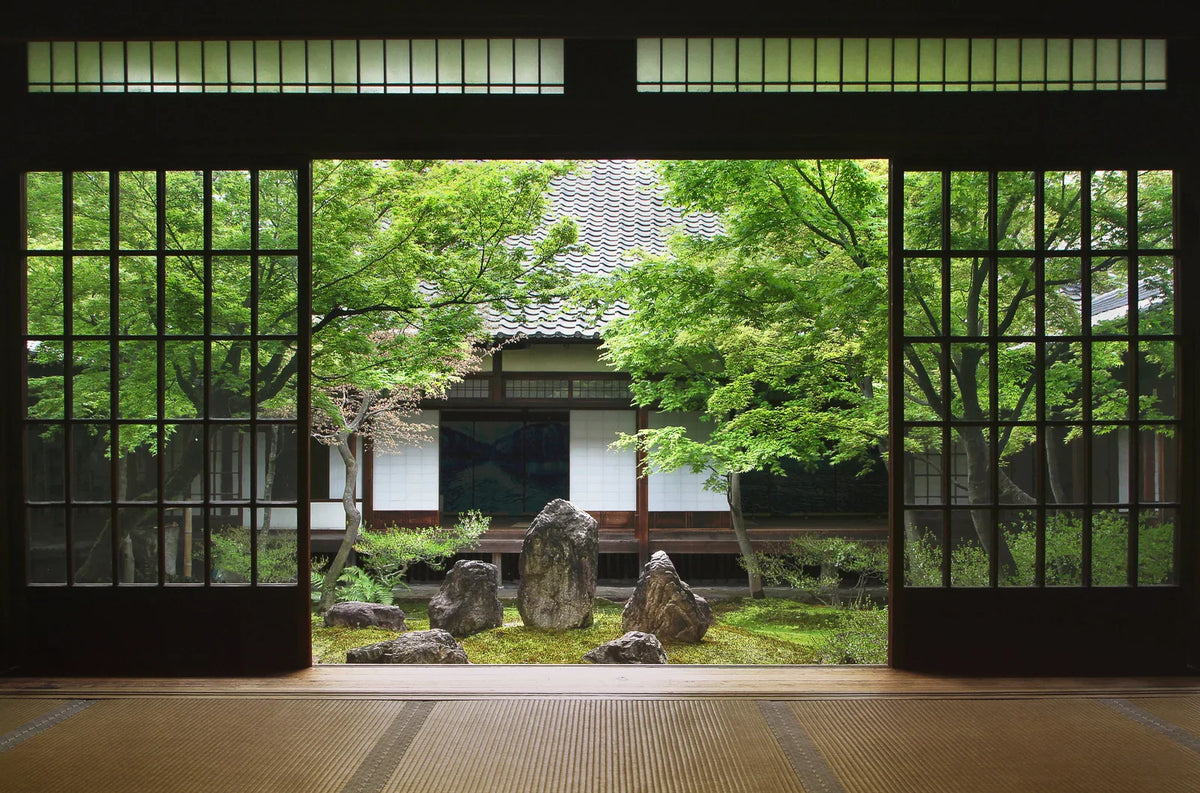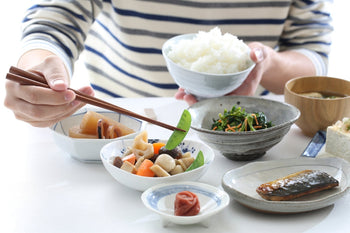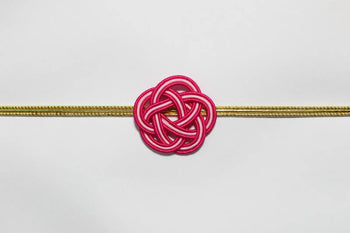

In a world where more is often equated with better, Japan stands as a testament to the power of subtraction. The concept of "引き算の美学" (hikizan no bigaku), or the beauty of subtraction, is deeply ingrained in Japanese culture. It's an appreciation for simplicity, for removing the unnecessary to reveal the essence and beauty of what's left.
A Philosophy Rooted in Tradition
Minimalism in Japanese Design
Japanese architecture and interior design epitomize minimalism. Take, for example, the traditional Japanese tea house. Its design is simplistic and devoid of unnecessary ornamentation. The use of natural materials like wood and paper, the presence of open spaces, and the subtle color palette all contribute to a tranquil environment that invites contemplation and peace.
Similarly, the concept of "Ma" (間) highlights the importance of space and silence. It’s the voids and pauses that give structure and form to Japanese design. Whether it's the empty space in a room or the silence between musical notes, these absences are as significant as what's present.
The Elegance of Japanese Cuisine
Japanese cuisine, too, reflects the beauty of simplicity. When it comes to traditional dishes like "kaiseki," each ingredient is carefully selected and prepared to highlight its natural flavors. There’s no overwhelming use of spices or sauces; rather, there's a focus on the freshness and quality of the ingredients.
The art of wagashi, traditional Japanese sweets, also showcases this philosophy. These delicate confections are crafted with precision and artistry, each one a small masterpiece that captures a season or celebration in its flavors and presentation.
Modern Applications of Subtraction
Simplicity in Technology
A Cultural Journey of Simplicity
For those interested in exploring this concept further, several places in Japan offer insight into the art of simplicity:
- Kyoto's Zen Gardens - Witness the tranquility and elegance of carefully raked gravel and minimalistic landscapes.
- Naoshima Island - Known for its art installations that blend seamlessly with natural surroundings, this island is a haven for art enthusiasts.
- Tokyo's Muji Flagship Store - Experience the brand's iconic minimalist designs firsthand.
- Teshima Art Museum - This museum combines art and architecture in an environment that emphasizes space and simplicity.
- Koya-san Temples - These sacred sites offer a glimpse into the spiritual roots of Japanese minimalism.
- Kanazawa's Kenrokuen Garden - One of Japan's most beautiful gardens, showcasing the harmony of nature and design.
- The Sumida Hokusai Museum - Dedicated to the famous ukiyo-e artist, this museum presents art with clean, uncluttered spaces.
- Nara's Todai-ji Temple - A historical monument known for its simplicity and grandeur.
- Himeji Castle - A stunning example of traditional Japanese architecture with a focus on form and function.
- Hakone Open-Air Museum - Integrates art and the natural environment with minimal interference.
- Osaka's Sumiyoshi Taisha Shrine - Known for its simple yet powerful Shinto architecture.
Conclusion
The beauty of subtraction is a timeless concept that continues to shape Japanese culture and its global influence. By removing excess and focusing on the essentials, Japan offers a unique perspective on beauty and functionality.
If you're eager to explore this philosophy further and incorporate it into your own life, consider embarking on a cultural adventure to Japan. For personalized travel tips and guidance, book a consultation with our experts who can help you experience the true essence of Japanese simplicity.



